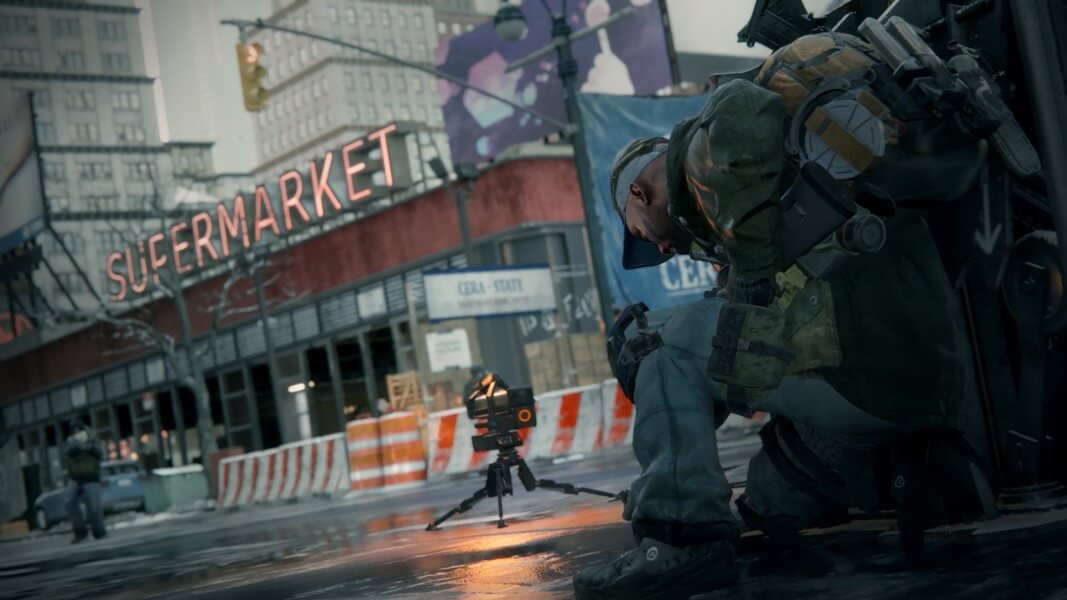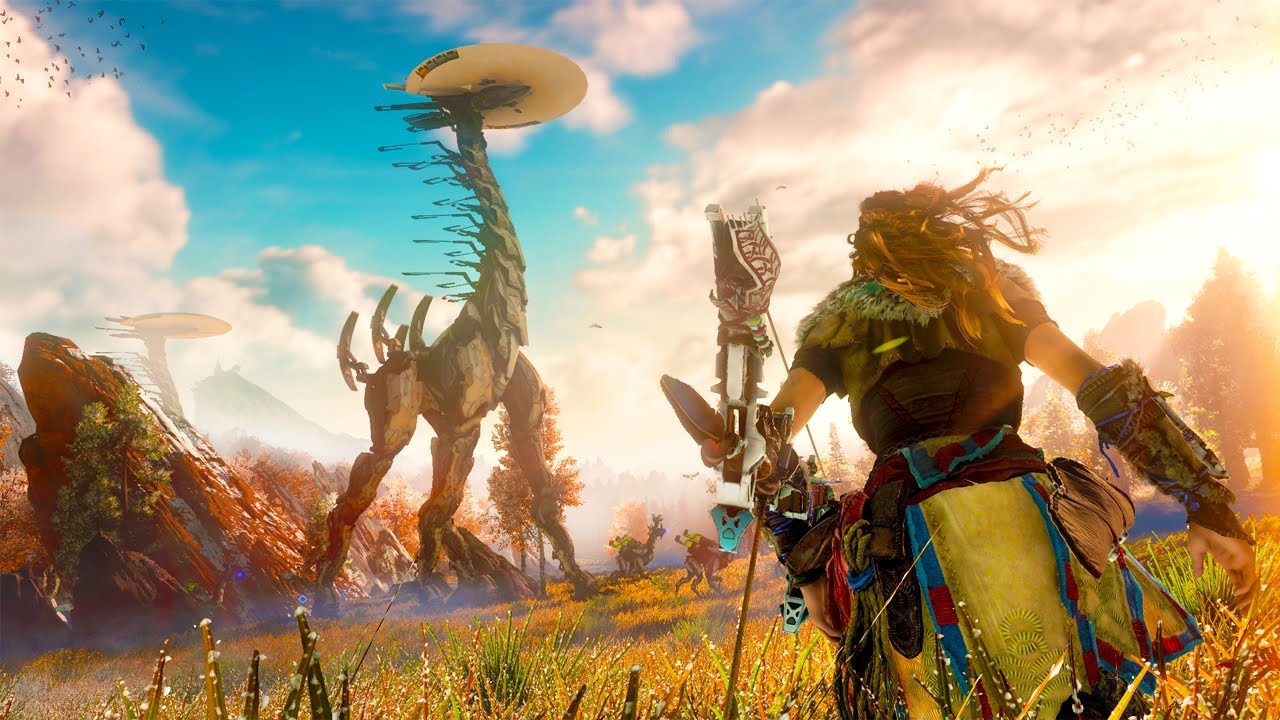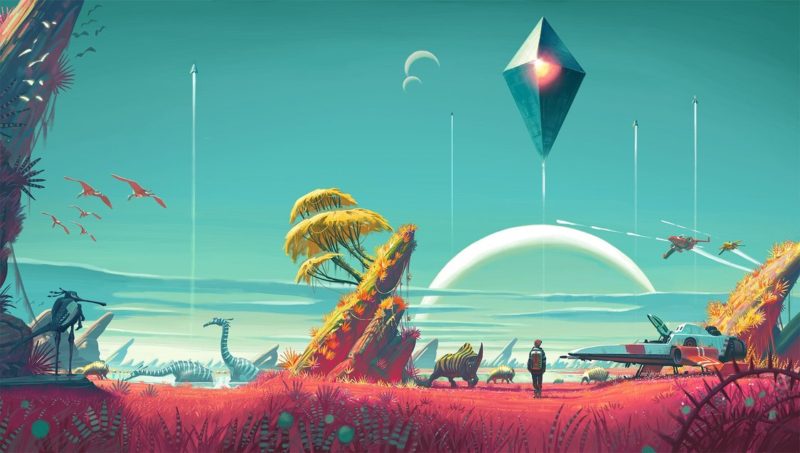What do Breath of the Wild, the latest Ghost Recon, and Kingdom Hearts 0.2 have in common? They have open worlds. Open world games give players freedom to explore, to play, to make their own adventure. In recent times open world games have become more popular. But how do open world games impact our view of the real world? In this article, I wish to suggest some ways in which open world games may help or harm our view of the world and our role in it. First, the pros.
In the first place, open worlds have almost infinite replayability. Supposing the game is any good, they’re a place to which players could always return. The world never dies; the game never ends. In this respect, open world games accentuate what I’ll call “resumability.” By this, I mean the ability to resume with little to no difficulty one’s social roles, while maintaining the integrity of one’s identity. In other words, resumability denotes our ability to transition smoothly between roles without losing ourselves. For example, at work, I am a substitute teacher; at home, I’m a gamer. But I’m still me. When I shut off an open world game, I’m mostly unfazed. Why? Because the real world is open enough for us to retain a consistent sense of self or individuality. So, pro: open worlds’ infinite replayability help us preserve our individuality.

Secondly, open worlds give us a sense of holism about the real world. By ‘holism’ I mean some picture of the world that is both big and un-fragmented. In other words, the player’s plane of control is no longer limited to multiple loading screens, fragmented scenes, and small spaces. This is one respect in which Ocarina of Time and Breath of the Wild differ wildly. In Breath of the Wild, the entire world is already there; in Ocarina of Time, the world is only partially there, waiting to be loaded in, implying a fragmented world. The real world is a whole world. It is both big and uninterrupted in its being. Inasmuch as we live in a fragmented world, we can be sure we don’t live in the real world, only a fraction of it.

But some open world games seem too open-ended. Despite its pros, open worlds are generally aimless. The player need not go anywhere to advance the plot, because there is no all-encompassing story in which the player must participate. Play implies purpose. An open world with no metanarrative (no overarching, universal story) must tolerate a diversity of approaches, neither of which succeed in accomplishing anything except in being diverse. Nothing is accomplished. Why? Because the world is too small.
In sum, open worlds are remarkable. They’ve got a lot going for them. With nearly infinite replay ability and an unmistakable sense of holism, open worlds prove faithful to our experience of the real world. However, open worlds with no metanarrative run the risk of proposing a world in which everything is diverse and nothing is unified. To be sure, there are open world games with a story. Those are exceptions to the rule that no game should be aimless no matter open its world is. If the world isn’t open to a story, then it’s a small world.





